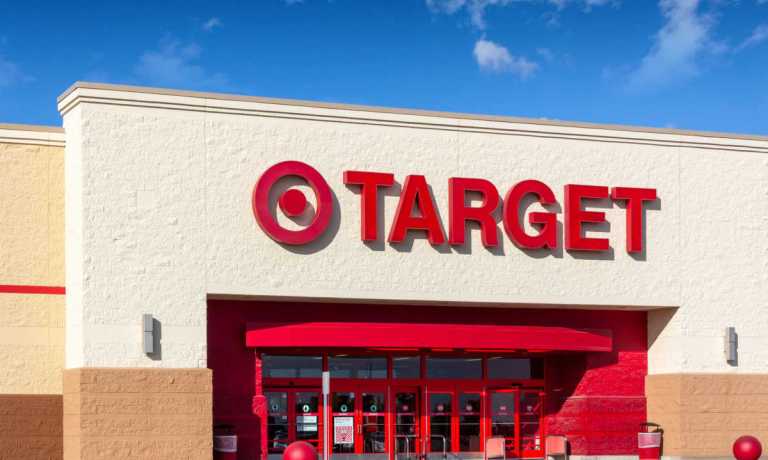Report: Target Adds Camera-Based Theft-Deterrent Tech to Self-Checkout Registers

Target is reportedly adding camera-based systems to its self-checkout registers to deter theft.
The new technology detects items on scanners, alerts the shopper if an item is not scanned, and helps the company track the shopper if they fail to scan items even after being notified, Bloomberg reported Monday (April 8), citing internal company documents.
The system has been piloted in some stores and will be rolled out to others this year, according to the report.
Target did not immediately reply to PYMNTS’ request for comment.
The report comes about a month after Target announced that it would limit self-checkout to 10 items or fewer at most of its stores beginning March 17. The retailer also said in a March 14 fact sheet that it would open more staffed checkout lanes.
In addition, Target said it would enable store leaders to determine the hours that self-checkout lanes are open. In some cases, they will limit the use of those lanes the only the busiest shopping hours, according to the fact sheet.
The retailer said at the time that it is making these changes to ensure that self-checkout lanes allow shoppers to complete their purchases quickly. When piloting the 10-item limit at 200 stores last fall, it found that the self-checkout lanes in those stores were twice as fast as those in others.
“By having the option to pick self-checkout for a quick trip, or a traditional, staffed lane when their cart is full, guests who were surveyed told us the overall checkout experience was better, too,” Target said in the fact sheet.
The disadvantages of going all-in on self-checkout are coming to light after many retailers adopted the technology to save labor costs, PYMNTS reported March 21.
Discount retailer Five Below said March 20 that it is shifting away from self-checkout toward employee-assisted checkout to reduce theft.
Five Below, which has operated on a highly self-service-based model, said it was reducing the number of available self-checkout kiosks, stationing an employee by the checkout area, and shifting to an assisted checkout model in which employees ring up the items and then the customer completes the transaction.
Similarly, Dollar General said March 14 that it is cutting back on its offering of self-checkout options, in part to reduce inventory shrink.
The retailer, which has self-checkout options available in more than 14,000 stores, will convert some or all the self-checkout registers in 9,000 of those stores to assisted-checkout options and will limit self-checkout to no more than five items in the rest of those stores. In the 300 stores with the highest shrink, Dollar General will completely remove the self-checkout option.
For all PYMNTS retail coverage, subscribe to the daily Retail Newsletter.



